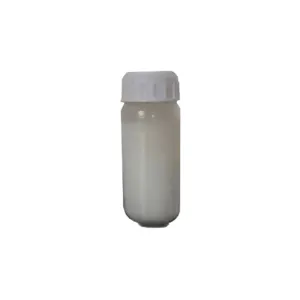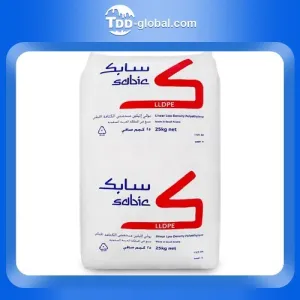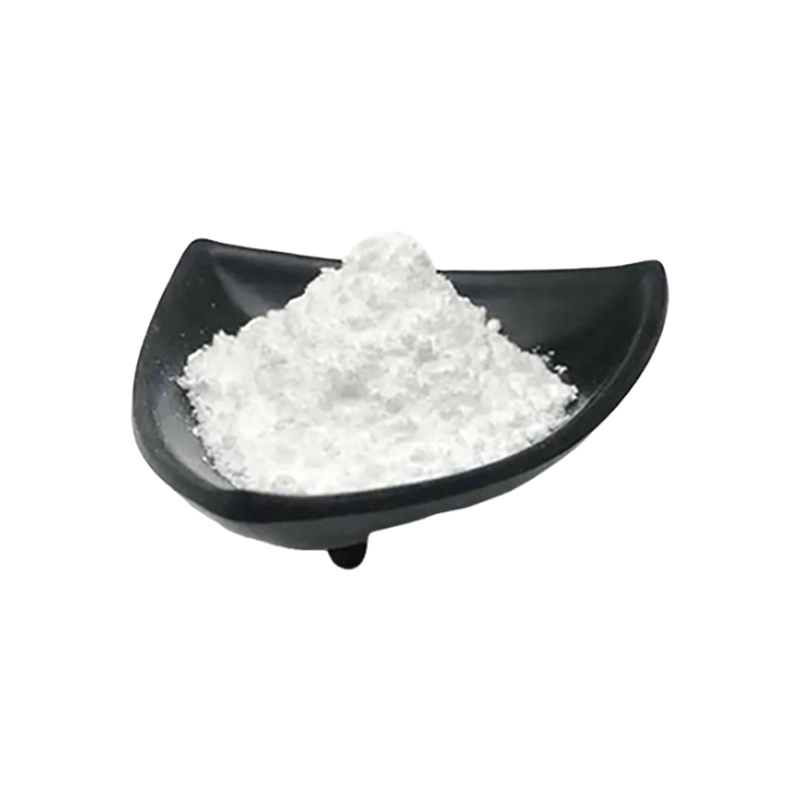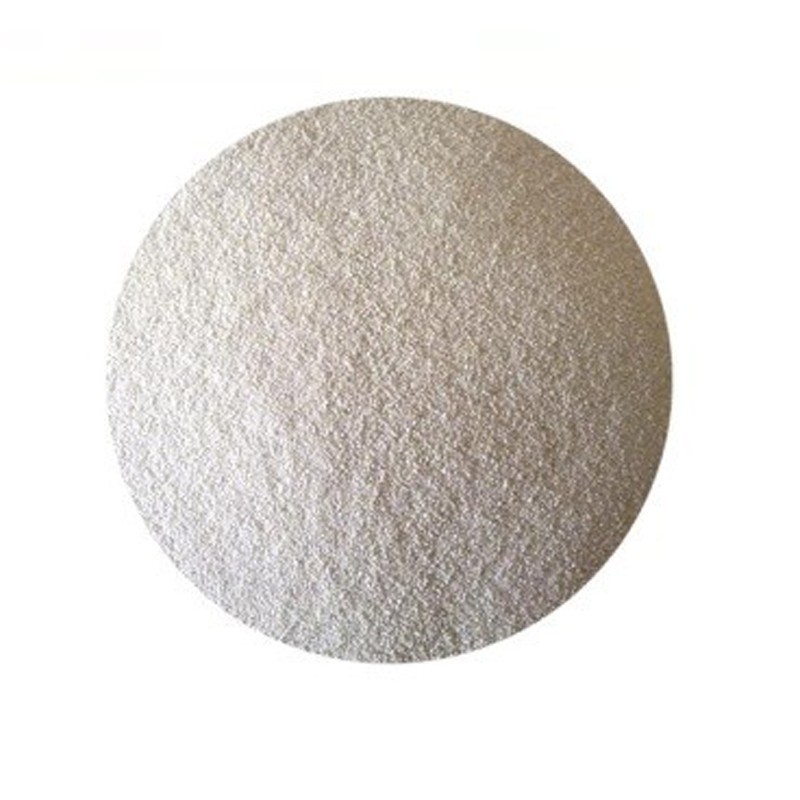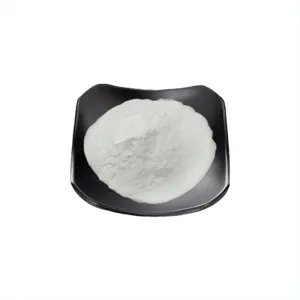It’s critical for Nalco to set up a second smelter: CMD Anshuman Das

National Aluminium Company (Nalco), the country’s third-largest aluminium producer, is facing a tough challenge to maintain its position. With global aluminium prices hovering at a low of around $1,800 per tonne on the benchmark London Metal Exchange (LME), Nalco’s realisations have been hit, though the recent rupee depreciation has come as a breather.
While it has a 2-million tonne of alumina capacity, Nalco desperately needs to set up a facility to convert this alumina into high-value aluminium metal. Nalco is thus seriously looking to set up a smelter project abroad to expand metal capacity, even as the company’s plan for a 0.5-million tonne unit at Sundergarh hinges on allocation of captive coal block.
Anshuman Das, Nalco’s chairman and managing director, shared the company’s plans and his outlook on the aluminium sector at large in a detailed chat in Bhubaneswar recently. Edited excerpts:
How crucial is your need to set up new smelter capacity? You are pursuing plans for a smelter-cum-power project in Sundergarh? What if it does not come up on time?
Anshuman Das: It is critical for Nalco to set up a 0.5 mt smelter capacity to use surplus alumina. But our plans for a second smelter at Sundergarh are vitally linked to getting an allocation for a captive coal mine. Smelting is energy-intensive and unless we have the coal for generation of power, we can’t move ahead with the project. Hence, we are working on alternative plans simultaneously, in case the Sundergarh project fails to come up on time.
How much surplus alumina do you have?
Anshuman Das: We produce 2 mt of alumina, out of which we use 0.8 mt. The rest of it is surplus.
What is your plan B?
Anshuman Das: We are seriously looking at setting up a smelter project abroad, if the Sundergarh project does not happen on time. For this, we have zeroed-in on certain countries such as Indonesia, Malaysia and possibly Vietnam in South Asia and the Gulf region, mainly due to availability of cheaper energy sources and their proximity to India. We are also in the process of appointing a top consultant, who will help us in assessing various geo-political risks involved in setting up greenfield projects in these countries. The consultant will basically do the job of hand holding in the initial stages of the project.
Nalco had outlined a corporate plan in 2009. With delays in the timeline of various projects envisaged earlier, are you reviewing it?
Anshuman Das: Yes. Our plan for an overseas project in case Sundergarh does not come up on time is one part of it. We are also reviewing other aspects of the corporate plan. We are taking a hard look at where we have grown and where we have not, in the last four years. We will not stick to the same projects in case they fail to maintain a timeline.
Which projects look possible in future?
Anshuman Das: Two projects that look possible in the near future include a. 5,500-crore greenfield alumina refinery of one mt capacity in Gujarat in joint venture with Gujarat Mineral Development Corporation (GMDC) and adding a fifth stream at Nalco’s Damanjodi facility that will add another one million tonne of alumina refining capacity at an investment of. 5,000 crore.
The Damnajodi expansion is also subject to avialability of Nalco obtaining lease for Pottangi bauxite mines in Odisha. If big-ticket projects remain stuck, Nalco will take up a number of small-ticket projects, in the range of. 300-500 crore each, to keep up the momentum. There are three such projects in the pipeline. This include, a 14 MW wind power project, another backward integration project to produce caustic soda, a key input where prices are going up and a joint venture plant with Power Grid Corpopration to manufacture aluminium conductors. The latter project with PGCIL is estimated to have a high internal rate of return of almost 70%.
How do you see the domestic aluminium sector?
Anshuman Das: The two drivers for the domestic industry will be construction and automobiles. In construction, aluminium is gaining as a substitute for wood and its aesthetic value are also proven. In transportation, the thrust on fuel efficiency has given way to demand for lighter cars glob ally. Hence, the use of aluminium in the auto sector will only grow.
Prices have suffered historic lows this year. What is your outlook on global aluminium prices going forward?
Anshuman Das: Prices can’t go below the level of $1,800 per tonne simply due to cost push factors and there will be resistance if prices breach $1,750 level. We estimate it to improve around Q4 of this year to around $1,850 per tonne. In 2014, the forecast is prices could reach $1,900 to $2,000 per tonne.
on Plan B
Anshuman Das: We are seriously looking at setting up a smelter project abroad, if the Sundergarh project does not happen on time. We have zeroed in on Indonesia, Malaysia and possibly Vietnam in South Asia, and the Gulf region, mainly due to availability of cheaper energy sources and their proximity to India
on Global Outlook
Anshuman Das: Prices can’t go below the level of $1,800 per tonne simply due to cost push factors and there will be resistance if prices breach the $1,750 level. We estimate them to improve around Q4 to around $1,850 per tonne. In 2014, the forecast is prices could reach $1,900 to $2,000 per tonne.
Recommended Suppliers
 September 23, 2024
September 23, 2024  June 3, 2024
June 3, 2024  June 3, 2024
June 3, 2024  June 17, 2024
June 17, 2024  June 18, 2024
June 18, 2024 
